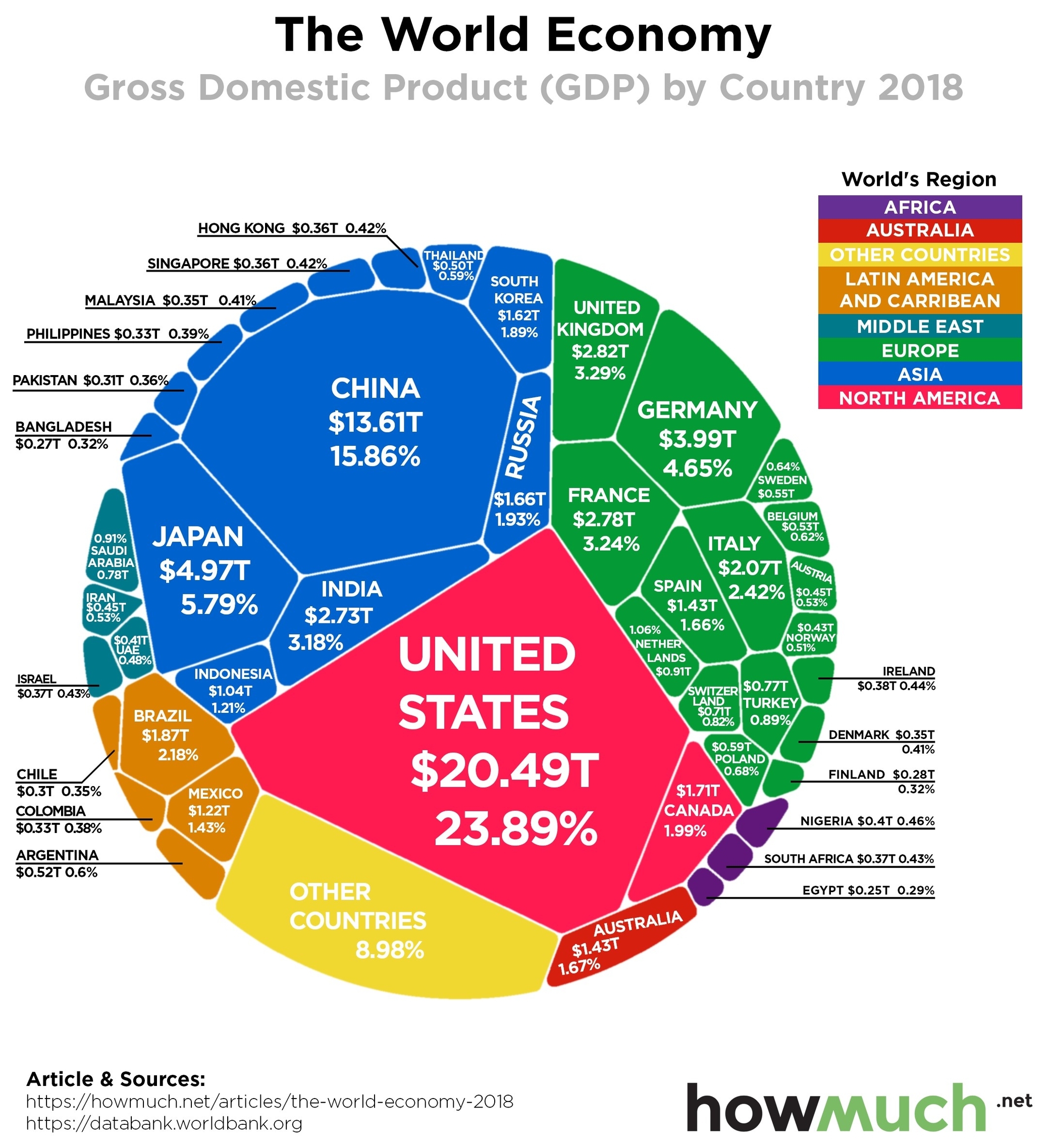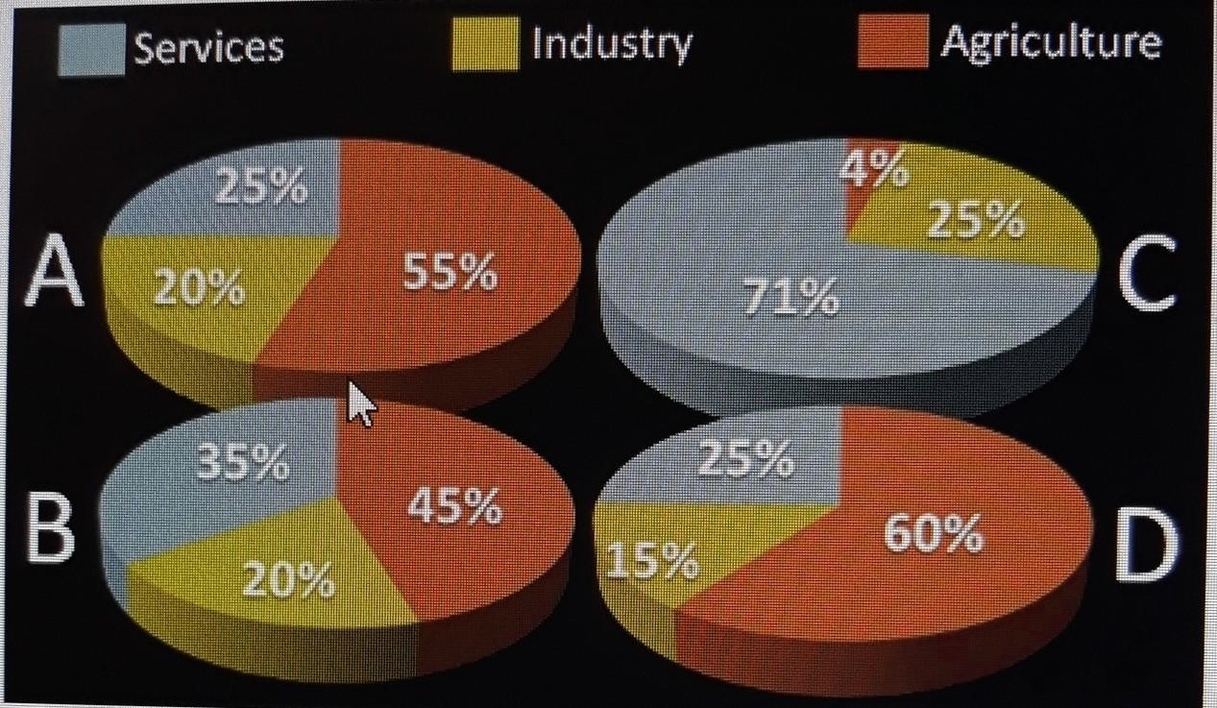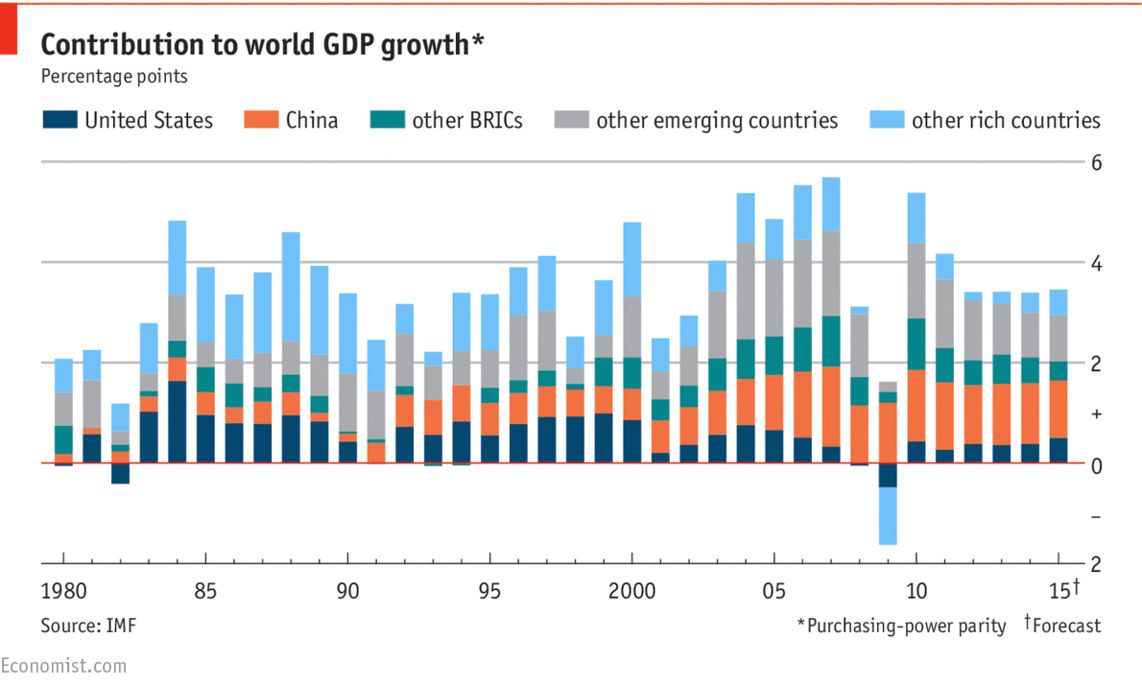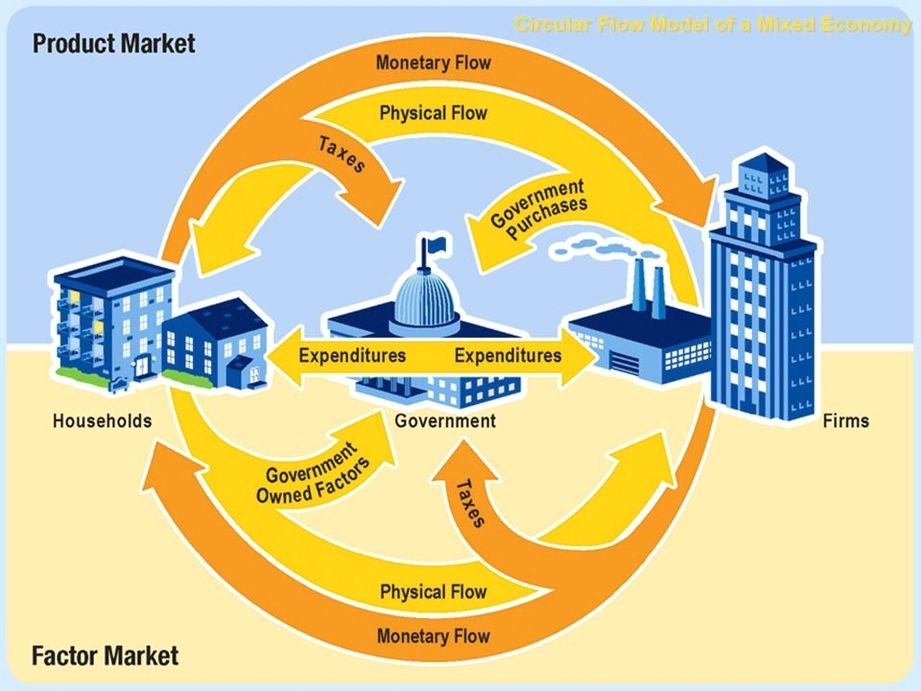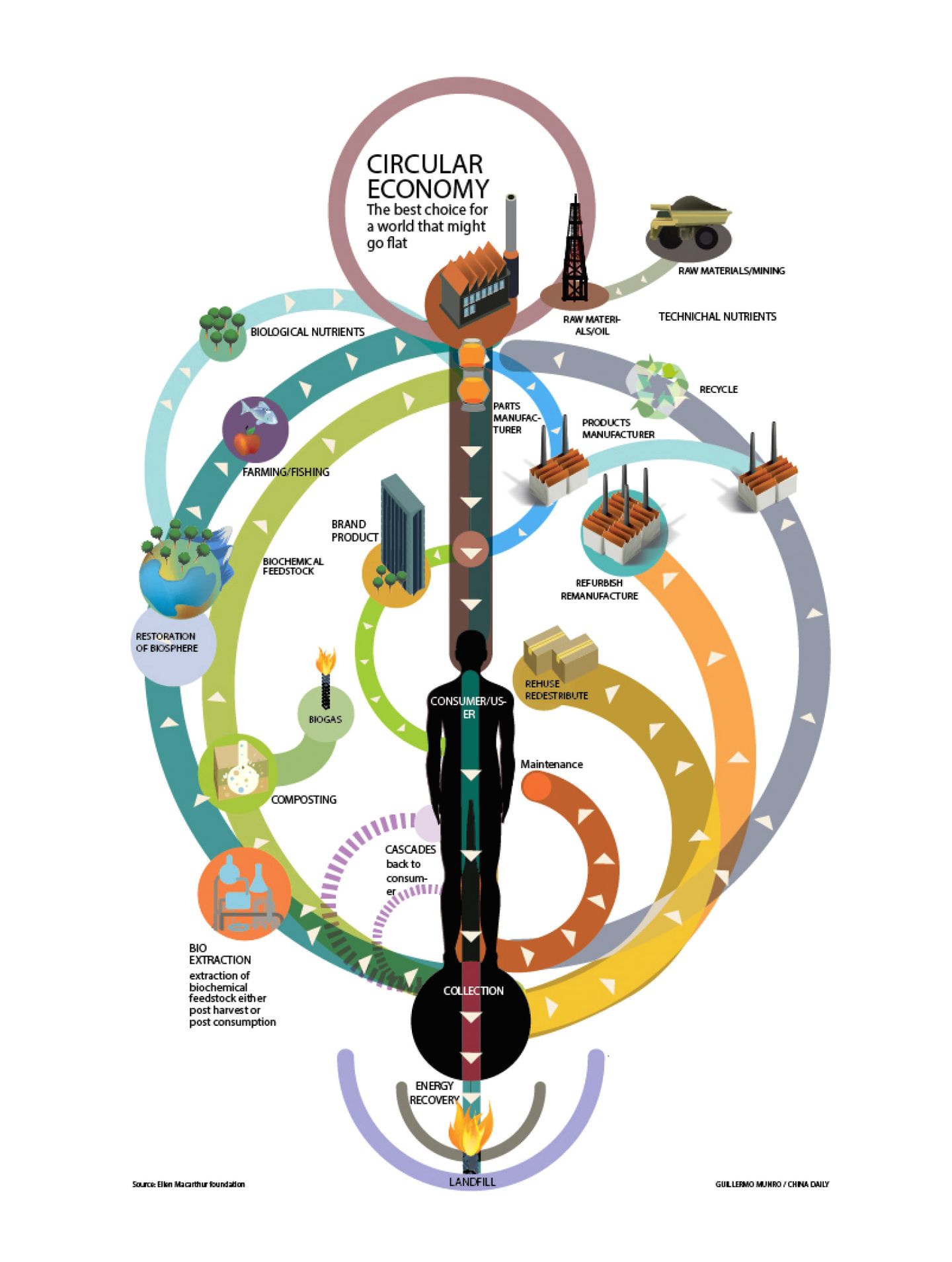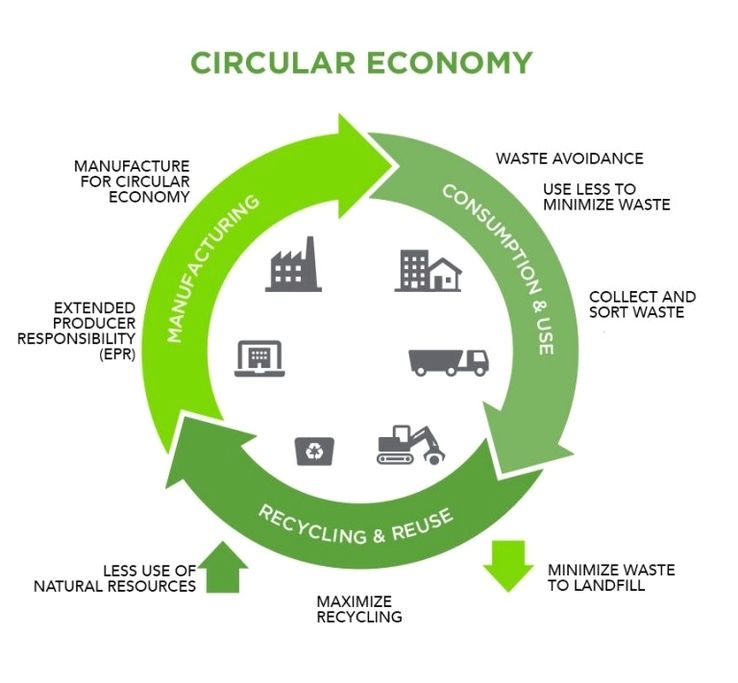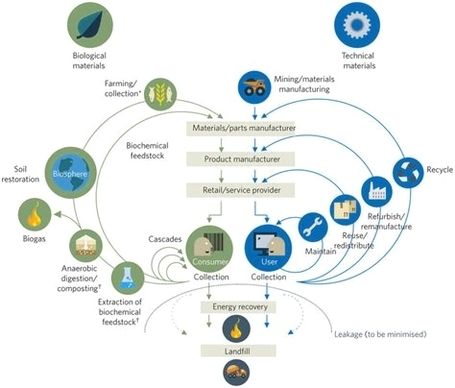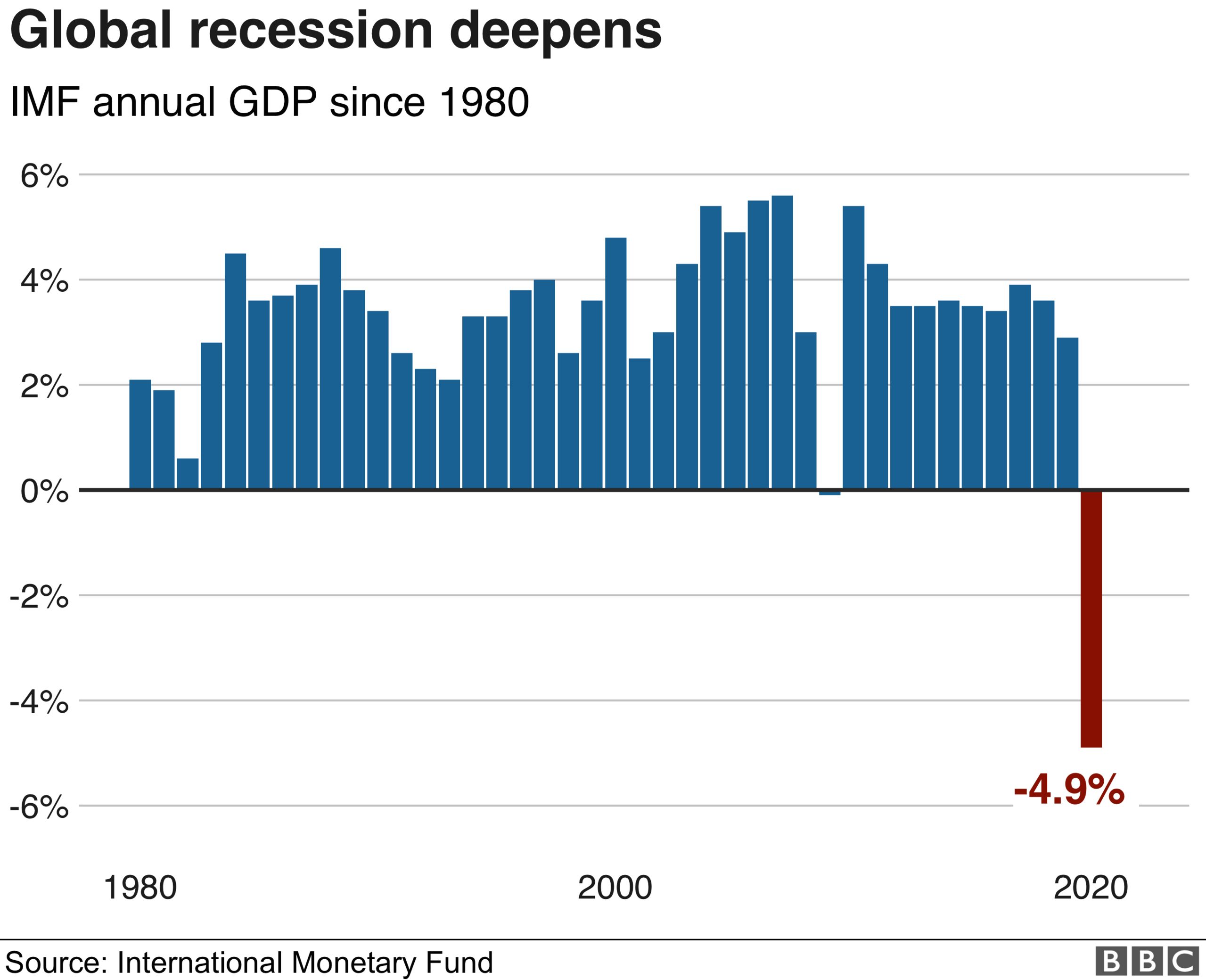The world economy is the sum of the economic activities of all countries and regions in the world. It measures the total output of goods and services, as well as the income and wealth of the people who produce and consume them. One of the most common ways to measure the size of the world economy is by using the gross domestic product (GDP) of each country or region, and adding them up to get the global GDP.
According to the latest data from the World Bank, the global GDP in 2018 was $85.8 trillion, which means that the value of all the goods and services produced in the world in that year was equivalent to $85.8 trillion. This was an increase of 6.9% from the previous year, when the global GDP was $80.2 trillion. However, this growth rate was lower than the average of 7.5% in the past decade, indicating a slowdown in the world economy.
The world economy is not evenly distributed among the countries and regions of the world. Some countries and regions have larger and more developed economies than others, and contribute more to the global GDP. The following table shows the top 15 economies in the world by nominal GDP in 2018, as well as their share of the global GDP:
| Rank | Country/Region | GDP (Nominal, USD) | Share of Global GDP (%) |
| 1 | United States | $20.49 trillion | 23.89 |
| 2 | China | $13.61 trillion | 15.86 |
| 3 | Japan | $4.97 trillion | 5.79 |
| 4 | Germany | $4.00 trillion | 4.66 |
| 5 | United Kingdom | $2.83 trillion | 3.29 |
| 6 | France | $2.78 trillion | 3.24 |
| 7 | India | $2.73 trillion | 3.18 |
| 8 | Italy | $2.07 trillion | 2.42 |
| 9 | Brazil | $1.87 trillion | 2.18 |
| 10 | Canada | $1.71 trillion | 1.99 |
| 11 | Russia | $1.66 trillion | 1.93 |
| 12 | South Korea | $1.62 trillion | 1.89 |
| 13 | Australia | $1.43 trillion | 1.67 |
| 14 | Spain | $1.43 trillion | 1.66 |
| 15 | Mexico | $1.22 trillion | 1.43 |
The above 15 economies accounted for 75% of the global GDP in 2018, which means that the remaining 25% was shared by the other 180 countries and regions in the world. The largest economy in the world was the United States, with a GDP of $20.49 trillion, or 23.89% of the global GDP. The second largest economy was China, with a GDP of $13.61 trillion, or 15.86% of the global GDP. The gap between the two economies was narrowing, as China’s GDP grew faster than the United States’ GDP in 2018.
The world economy can also be divided into different regions, based on the geographic location and the economic characteristics of the countries and regions within them. The following table shows the GDP of the seven major regions in the world in 2018, as well as their share of the global GDP:
| Rank | Region | GDP (Nominal, USD) | Share of Global GDP (%) |
| 1 | East Asia and Pacific | $25.9 trillion | 30.2 |
| 2 | Europe and Central Asia | $23.0 trillion | 26.8 |
| 3 | North America | $22.2 trillion | 25.9 |
| 4 | Latin America and Caribbean | $5.8 trillion | 6.8 |
| 5 | Middle East and North Africa | $3.6 trillion | 4.2 |
| 6 | South Asia | $3.5 trillion | 4.1 |
| 7 | Sub-Saharan Africa | $1.7 trillion | 2.0 |
The largest region in the world by GDP was East Asia and Pacific, with a GDP of $25.9 trillion, or 30.2% of the global GDP. This region included China, Japan, South Korea, Australia, and other countries and territories in Asia and Oceania. The second largest region was Europe and Central Asia, with a GDP of $23.0 trillion, or 26.8% of the global GDP. This region included Germany, France, United Kingdom, Italy, Russia, and other countries and territories in Europe and Central Asia. The third largest region was North America, with a GDP of $22.2 trillion, or 25.9% of the global GDP. This region included the United States, Canada, and Mexico.
The world economy can also be classified into different income levels, based on the average income per person of the countries and regions in the world. The World Bank uses four income categories: high income, upper middle income, lower middle income, and low income. The following table shows the GDP of the four income groups in the world in 2018, as well as their share of the global GDP:
| Income Group | GDP (Nominal, USD) | Share of Global GDP (%) |
| High income | $54.1 trillion | 63.1 |
| Upper middle income | $24.4 trillion | 28.4 |
| Lower middle income | $6.7 trillion | 7.8 |
| Low income | $0.6 trillion | 0.7 |
The largest income group in the world by GDP was the high income group, with a GDP of $54.1 trillion, or 63.1% of the global GDP. This group included the United States, Japan, Germany, France, United Kingdom, Canada, Australia, and other countries and regions with a gross national income (GNI) per capita of $12,376 or more in 2018. The smallest income group was the low income group, with a GDP of $0.6 trillion, or 0.7% of the global GDP. This group included Afghanistan, Haiti, Ethiopia, Malawi, and other countries and regions with a GNI per capita of $1,025 or less in 2018.
The world economy is constantly changing and evolving, as a result of various factors, such as population growth, technological innovation, trade and investment, political and social events, and environmental issues. Some of the current trends and challenges that affect the world economy are:
– The impact of the COVID-19 pandemic, which has caused a global health crisis and an unprecedented economic shock, disrupting production, consumption, trade, and travel, and threatening millions of lives and livelihoods.
– The rise of China and other emerging economies, which have increased their economic power and influence, and challenged the dominance of the United States and other advanced economies, creating new opportunities and tensions in the global economic order.
– The shift to a digital and knowledge-based economy, which has transformed the nature and structure of economic activities, and created new sources of growth and innovation, as well as new risks and inequalities.
– The need for a green and sustainable economy, which can address the urgent problems of climate change, environmental degradation, and resource depletion, and ensure the well-being of the present and future generations.
The world economy is a complex and dynamic system, that reflects the interactions and interdependencies of billions of people and millions of organizations across the globe. It is a source of wealth and welfare, as well as of conflict and crisis. It is a subject of study and analysis, as well as of policy and action. It is the world economy.
